Interested in learning more about the art of drawing? One essential tool you’ll need to familiarize yourself with is a light box – but what exactly does this device do and how can it elevate your sketches and creative projects? In this blog post, we’re going over everything you need to know about light boxes when it comes to mastering the craft of drawing! From understanding why a light table is used for tracing to some easy DIY tips on creating a budget-friendly design, you’ll leave feeling empowered and ready to take your artistic endeavors one step further. So read on and see which qualities make up the best all-around light box fit for any artist or design novice.
What are the Basic Characteristics of Drawing?
Drawing is a form of art that has been around for centuries, and it continues to be a popular medium for artists to express their creative ideas. But what exactly makes drawing unique compared to other forms of art? In this section, we will explore the basic characteristics of drawing and how they contribute to its significance in the world of art. [1]
1. Line
One of the fundamental elements of drawing is the line. A line is a continuous mark made on a surface by a moving point, and it can vary in length, width, direction, and texture. Lines are essential in creating shapes, forms, textures, and patterns in a drawing. They can also convey movement or emotion to the viewer.
2. Tone
Tone refers to the lightness or darkness of an object in a drawing. It is created using different shading techniques, such as hatching and cross-hatching, stippling, or blending. Tones are crucial in creating depth and volume in a drawing, making it appear more realistic.

3. Form
Form is another essential characteristic of drawing that helps create the illusion of three-dimensional objects on a two-dimensional surface. It refers to the overall shape and structure of an object, including how light and shadow interact with it. Artists use shading techniques and perspective to create the illusion of form in their drawings.
4. Composition
Composition is the arrangement of elements within a drawing, such as lines, shapes, colors, and textures. A well-composed drawing has a balance of these elements, creating a visually pleasing and harmonious image. Composition also helps guide the viewer’s eye through the drawing and convey the artist’s intended message. [2]
5. Tools and Medium
Drawing can be created using various tools and mediums, such as pencils, charcoal, ink, pastels, or digital software. Each tool and medium has its unique characteristics and allows artists to create different effects and styles in their drawings. The choice of tool and medium can also influence the overall appearance and mood of a drawing.
6. Creativity and Personal Style
While there are many principles and techniques to consider when drawing, creativity and personal style are what make each piece unique. Every artist has their own way of approaching a drawing, from the subject matter to the use of lines, tones, and composition. It is through these personal touches that an artist can express their individuality and voice in their drawings. [3]
Main Types of Drawing
There are several main types of drawing that are used in various industries and artistic fields. Each type has its own unique characteristics and purposes, but they all share the use of lines, shapes, and forms to create a visual representation. [4]
Sketching
Sketching is a freehand drawing technique that is often used as a preliminary step in creating more detailed drawings or paintings. It is a quick and loose form of drawing that captures the basic elements of a subject without focusing on details. Sketching is often used to create rough ideas or concepts and can be done with any type of drawing tool, such as pens, pencils, or charcoal.
Technical Drawing
Technical drawing, also known as drafting, involves precise measurements and scales to create accurate representations of objects or structures. It is commonly used in fields such as engineering, architecture, and industrial design to create plans, diagrams, and blueprints. Technical drawings use specialized tools such as rulers, protractors, and compasses to ensure accuracy.
Illustration
Illustration is a form of drawing that combines artistic skill with storytelling. It can be found in books, magazines, advertisements, and digital media. Illustrations can range from simple line drawings to highly detailed and colorful works of art. They often depict characters, scenes, or concepts to visually enhance a written piece.
Life Drawing
Life drawing is the practice of drawing from live models to study and capture the human form. It is often used by artists to improve their skills in observation, proportion, and composition. Models can be clothed or unclothed, and the drawing can range from quick gesture sketches to detailed studies. Life drawing is a fundamental practice in many art schools and studios.
Cartooning
Cartooning is a style of drawing that uses exaggerated features, simplified forms, and humorous or satirical elements to create visual storytelling. It can be found in comic strips, editorial cartoons, and animated films. Cartooning requires not only drawing skills but also the ability to convey emotion and narrative through images.
Landscape Drawing
Landscape drawing is the representation of natural scenery such as mountains, valleys, forests, or bodies of water. It can be done en plein air (outdoors) or from photographs or memory. The goal of landscape drawing is to capture the essence and mood of a place through the use of line, shape, and color. It can be seen in traditional paintings as well as digital art.
Still Life Drawing
Still life drawing involves creating a visual composition using inanimate objects such as fruits, flowers, or household items. The objects are arranged and lit in a specific way to create a sense of balance, depth, and realism. Still life drawing is often used as a practice exercise to improve technical skills in shading, texture, and perspective. [5]
What Is A Light Box?
Light boxes, also known as light tables or tracing boards, are a tool used by artists, designers, photographers and other creative professionals to aid in their work. They are essentially a flat surface with a built-in light source underneath.
Uses of Light Boxes
1. Tracing and drawing
One of the most common uses for light boxes is tracing or drawing. Artists can place a reference image or sketch on top of the light box and trace over it, making it easier to replicate the design onto their final piece of work.
2. Animation
Light boxes are also used in animation, particularly for traditional hand-drawn animation. Animators can use them to easily flip through multiple frames of their drawings and ensure continuity in their work.
3. Photography
Photographers use light boxes to create soft, diffused lighting for product or still life photography. The even lighting eliminates harsh shadows and allows for more control over the positioning of objects in the frame.
4. Design and layout
Designers often use light boxes to aid in creating precise layouts or mockups. By placing a design or text on the light box, they can easily see how it will look once printed or displayed.
Types of Light Boxes
There are various types of light boxes available depending on their intended use. Some popular options include:
1. Traditional light boxes
Traditional light boxes have a uniform lighting source and are used mostly for tracing or drawing purposes.
2. LED light boxes
LED light boxes use energy-efficient LED lights instead of traditional fluorescent bulbs. They also offer a wider range of brightness and color temperature options.
3. Portable light boxes
Portable light boxes are compact and lightweight, making them ideal for artists or photographers who need to work on the go. [6]
Why Use A Light Box For Drawing?
A light box is a flat, illuminated surface that can be used for tracing or drawing. It is typically made up of a transparent or semi-transparent material such as glass or acrylic, and has a light source behind it.
There are several reasons why artists and designers choose to use a light box for their creative projects:
1. Accurate Tracing
With a light box, artists can easily trace images and designs onto a new surface. The light coming through the transparent surface makes it easier to see the details of the original image, thus allowing for more accurate tracing. This is especially useful when working on complex or intricate designs.
2. Saves Time and Effort
Using a light box eliminates the need for redrawing or transferring a design by hand. This saves time and effort, allowing artists to focus on the details of their work rather than getting bogged down with the initial steps.
3. Provides Consistency
When creating multiple copies or versions of a design, a light box ensures that each one is consistent and accurate. This is especially important for professional artists and designers who need to maintain a high level of precision in their work.
4. Versatility
Light boxes can be used for a variety of creative projects, including traditional drawing and illustration, calligraphy, hand lettering, and even animation. They are also useful for tasks such as photo editing and graphic design.
5. Easy to Use
Light boxes are simple and easy to use, making them accessible to artists of all skill levels. They require minimal setup and can be used with a variety of different materials, such as pencil, pen, or markers.
6. Portable
Many light boxes are lightweight and portable, making them perfect for artists who work on-the-go or in different locations. This allows artists to continue their creative projects wherever they may be, without compromising the quality of their work.
7. Aids in Developing Drawing Skills
Using a light box can help artists develop their drawing skills by allowing them to practice tracing and recreating different designs. This is particularly useful for beginners who are still honing their skills or for artists looking to try out new techniques. [7]
How To Use A Light Box?
Light boxes are an essential tool for photographers, artists and designers alike. They provide a consistent and even source of light which is crucial when working with film, prints or negatives. However, if you’re new to using a light box, it can seem intimidating at first. Don’t worry! We’ve put together a guide to help you understand how to use this useful piece of equipment.
Setting Up Your Light Box
Before you start using your light box, you need to make sure it is set up correctly. Here are the steps to follow:
- Find a flat and stable surface: Your light box should be placed on a flat and sturdy surface such as a table or desk. This will ensure that it stays in place while you are using it.
- Plug in your light box: Most light boxes come with a power cord, so you will need to find a nearby outlet to plug it into.
- Turn on the light: Once your light box is plugged in, turn it on and allow a few minutes for it to warm up. This will give you an accurate representation of the lighting.
- Adjust the brightness: Depending on your specific light box, you may have the option to adjust the brightness. If so, play around with different settings until you find the perfect level for your needs
- Clean your surface: Before placing any materials onto your light box, make sure to clean the surface with a lint-free cloth to remove any dust or debris. This will prevent any imperfections from showing up in your work.
Using Your Light Box
Now that your light box is set up, it’s time to put it to use! Here are some tips for using your light box effectively:
- Position your material: Place your film, prints or negatives onto the surface of the light box. Make sure they are flat and evenly spaced.
- Use a guide: If you are using your light box to trace or edit images, consider using a transparent sheet with gridlines or measurements as a guide. This will help you achieve more precise results.
- Play with angles: Depending on the type of work you are doing, experimenting with different angles can create interesting effects and improve the overall lighting of your project.
- Keep an eye on the temperature: As mentioned earlier, light boxes can become warm after prolonged use. Make sure to turn off and unplug your light box when not in use to prevent overheating.
- Try different materials: Light boxes aren’t just for film and negatives! You can also use them as a light table for sketching or tracing onto various materials such as vellum or tracing paper.
Getting The Most Out Of Your Light Box
Light boxes are a versatile tool that can be used for a multitude of projects. Here are some additional tips to help you get the most out of your light box:
- Use different colored gels or filters over the light source to create unique lighting effects.
- Experiment with layering materials on top of each other to create interesting compositions.
- Use your light box as a backlight for photographing small objects or products.
- Get creative and have fun! Don’t be afraid to try new techniques and push the boundaries of what you can do with your light box.
- Lastly, make sure to clean your light box regularly to maintain its functionality and prolong its lifespan. [8]
Is Using A Light Box Cheating?
The answer may vary depending on who you ask. Let’s explore both sides of the argument to get a better understanding.
The Argument Against Using A Light Box
The main argument against using a light box is that it goes against the ethos of traditional photography, which emphasizes capturing natural and unaltered images. Some argue that using artificial lighting takes away from the authenticity of the photograph and makes it less genuine.
Moreover, critics argue that using a light box allows for too much control over the lighting and can result in overly polished or fake looking images. They believe that a true photographer should be able to work with natural lighting and make the necessary adjustments to achieve their desired outcome.
The Argument For Using A Light Box
On the other hand, many photographers see using a light box as a valuable tool that allows them to have more creative control over their images. By using a light box, they can manipulate the lighting to create the desired mood and atmosphere in their photographs.
Additionally, artificial lighting can be beneficial for shooting products or portraits as it provides consistent and controllable lighting, rather than relying on unpredictable natural light conditions.
Finding A Balance
Ultimately, whether using a light box is considered cheating or not is subjective and can vary from person to person. It is important for photographers to find a balance between natural and artificial lighting depending on the type of photography they are doing.
Some types of photography, such as photojournalism, may require a more natural and unaltered approach, while commercial or product photography may benefit from the controlled lighting of a light box. [9]
Things To Do With A Light Box
Let’s explore some of the things you can do:
- Copying: A light box can also be used to copy images onto a different surface. This is especially useful for artists who want to create multiples of their work, such as prints or greeting cards. It allows for consistency and accuracy in reproducing the image.
- Transferring: Another way to use a light box is to transfer sketches or drawings onto a different surface. This can be helpful for artists who want to work on different surfaces, such as transferring a drawing onto a canvas to paint over it.
- Experimenting: Some artists use light boxes as a tool for experimentation and mixed media. They may layer multiple images or drawings on top of each other using the light box as a guide, creating unique and interesting compositions. [10]
FAQs
Why do artists use light boxes?
Light boxes are commonly used by artists for a variety of reasons. They provide an evenly lit surface, making it easier to trace images and sketches onto another piece of paper or canvas. This is especially useful when working on intricate designs or lettering.
By illuminating artwork from behind, light boxes help artists see through thicker or darker materials that may be difficult to work with otherwise. This is particularly helpful when working with watercolors, ink, or thin paper. The transparency of the images on a light box makes it easier to make corrections and adjustments as needed. Artists can simply place another piece of paper over their
Is a light box worth it for drawing?
Many artists believe that a light box is an essential tool for drawing. It can greatly improve the accuracy and precision of their work, especially when working with complex or intricate designs. Additionally, the ability to easily make corrections and adjustments on a light box can save both time and frustration in the artistic process.
Some artists also use light boxes for other purposes such as creating animations or making stencils. Overall, a light box can be a valuable investment for artists of all levels and disciplines.
Do professional artists use light boxes?
Yes, many professional artists incorporate light boxes into their creative process. They are a helpful tool for creating detailed and precise artwork, which is often necessary in professional settings. Light boxes are also commonly used by illustrators, cartoonists, and graphic designers.
Can I use a light box with watercolor paper?
Yes, light boxes can be used with watercolor paper. However, it is important to note that the thickness and absorbency of watercolor paper may affect the clarity of images when using a light box. It may also be necessary to adjust the brightness of the light box in order to clearly see through the thicker paper.
Useful Video: How to Use a Light Pad or Light Box + Huion Light Pad Demo and Review
To Wrap Up
In conclusion, a light box is an invaluable tool for any artist and can help make projects go much more smoothly. Whether it’s a graphic designer tracing images or a painter working on a piece of art, its ability to leave materials and provide greater detail accuracy are unrivaled. For drawers of all skill levels, having a light box in their arsenal of tools is essential in helping create high-quality work without too much stress and mess. With the advancements in technology, there are plenty of high-quality light boxes that offer special features such as adjustable brightness for fine tuning preferences and WiFi connectivity for sharing works with friends or colleagues. Investing in one is sure to help produce sculptures, illustrations, presentations, and other projects of excellent quality.
References:
- https://study.com/academy/lesson/drawing-definition-types-history.html
- https://bueskenart.com/characteristics-of-good-art/
- https://www.wildlifeartstore.com/the-basic-skills-of-drawing-learn-to-draw-for-beginners/
- https://www.indeed.com/career-advice/career-development/types-of-drawing
- https://mymodernmet.com/drawing-styles/
- https://www.madisonartshop.com/light-box-tips-uses-and-techniques.html
- https://urbansketchingworld.com/lightbox-for-watercolour-painting/
- https://adventureswithart.com/use-a-light-box-for-tracing/
- https://www.carrie-lewis.com/is-using-a-light-box-cheating/
- https://www.thebigorchard.com/light-boxes-in-use/

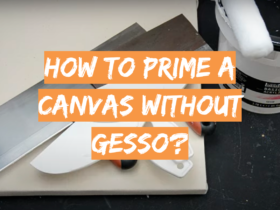




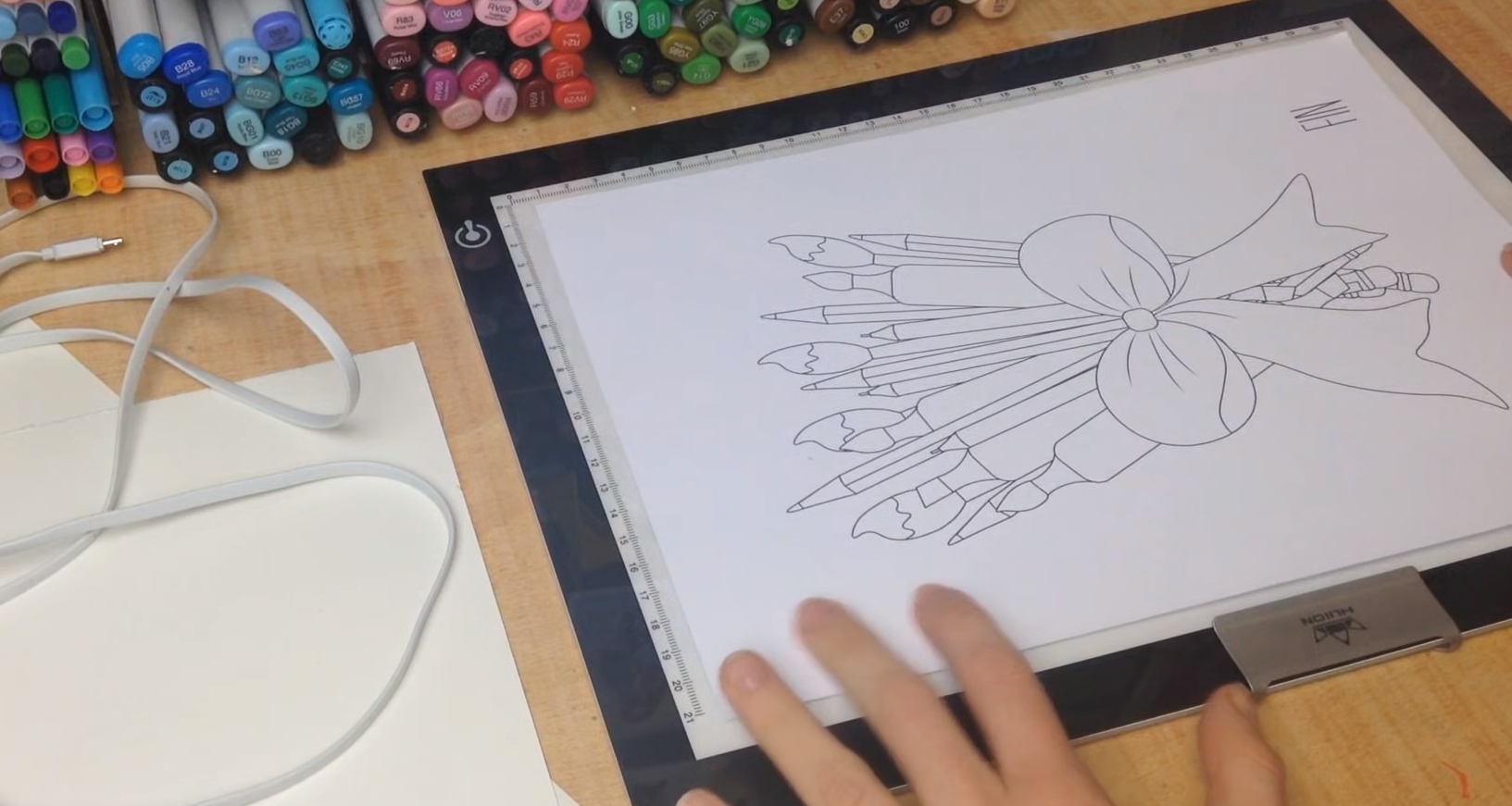
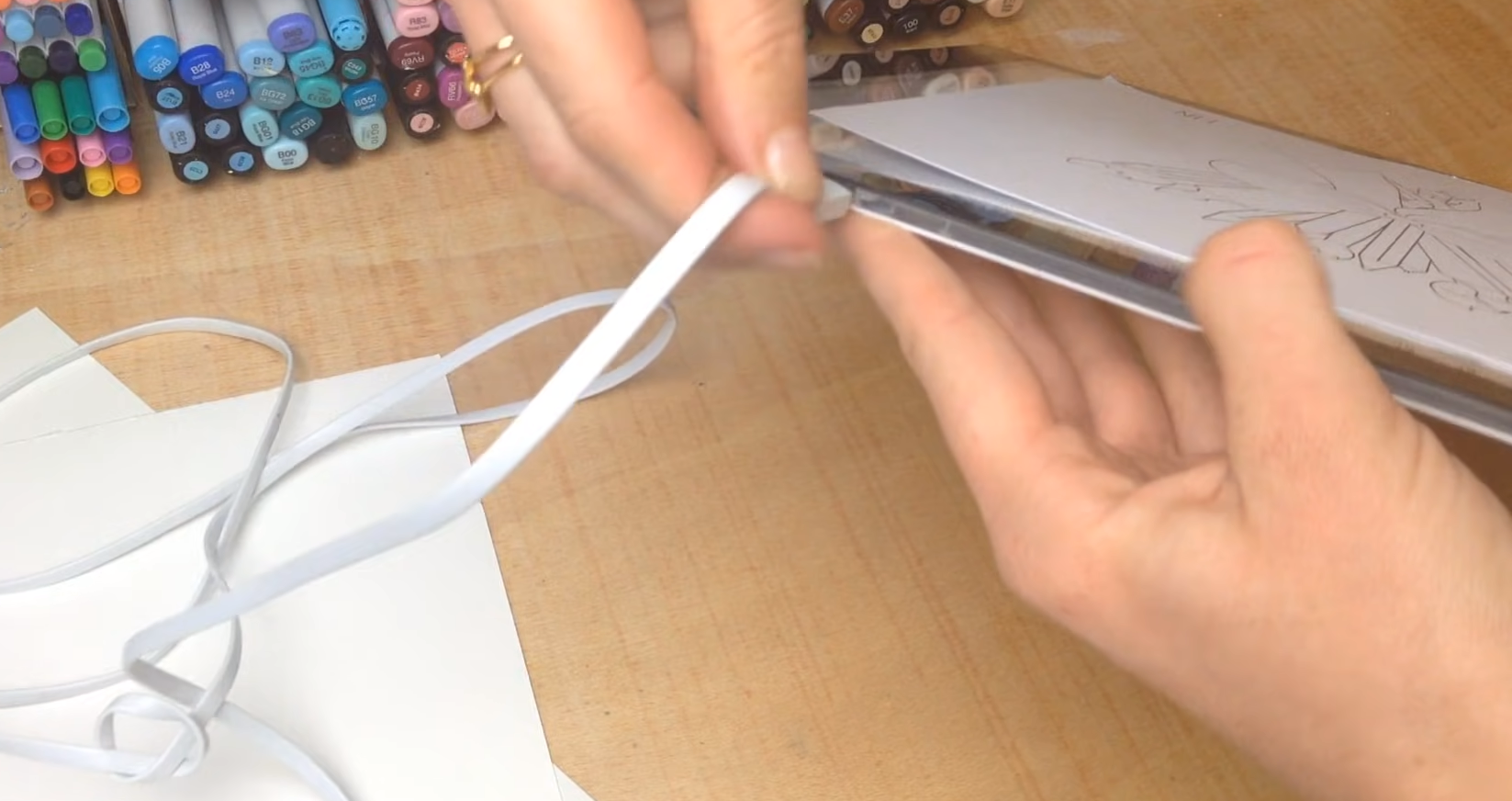
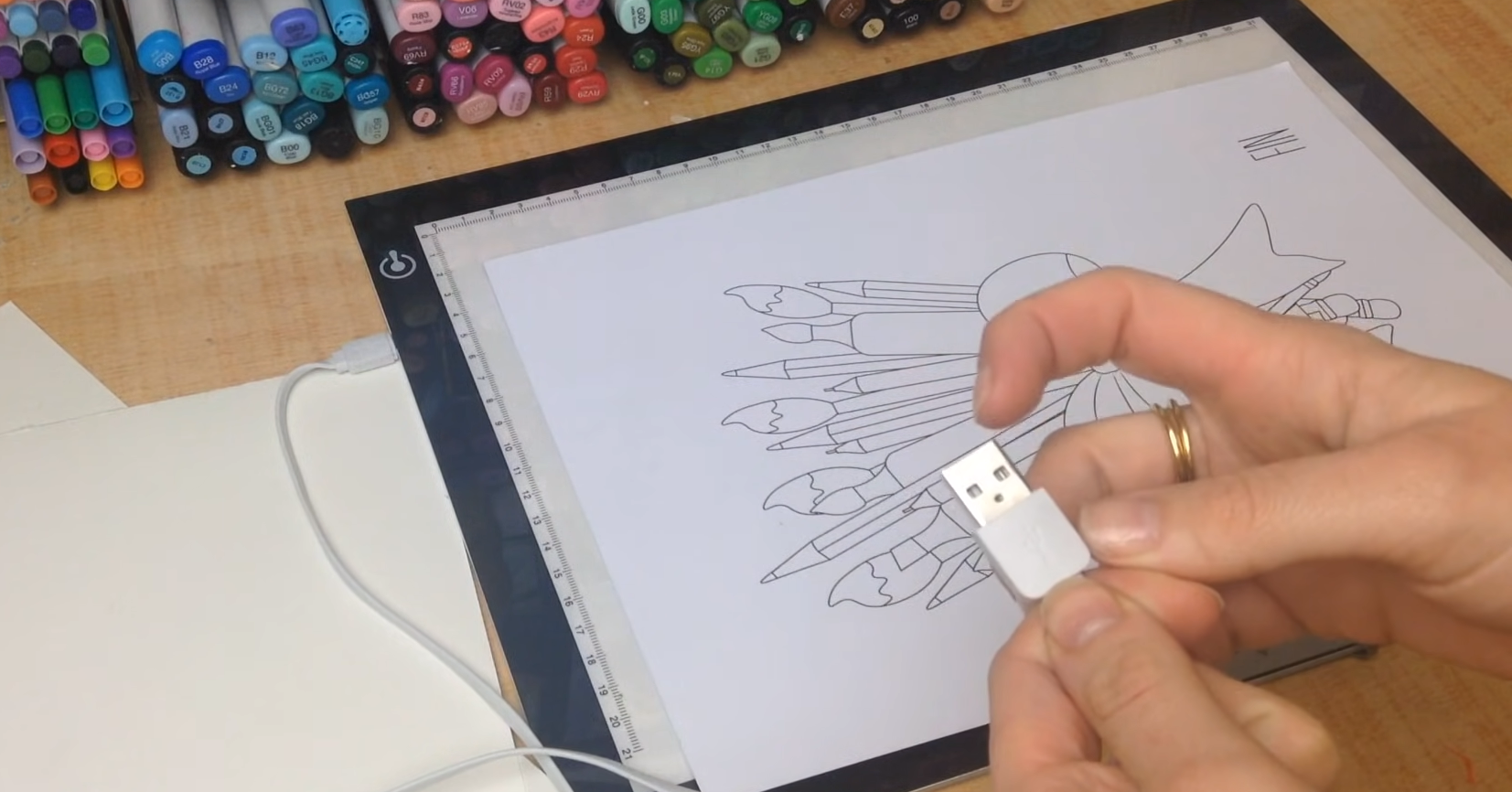
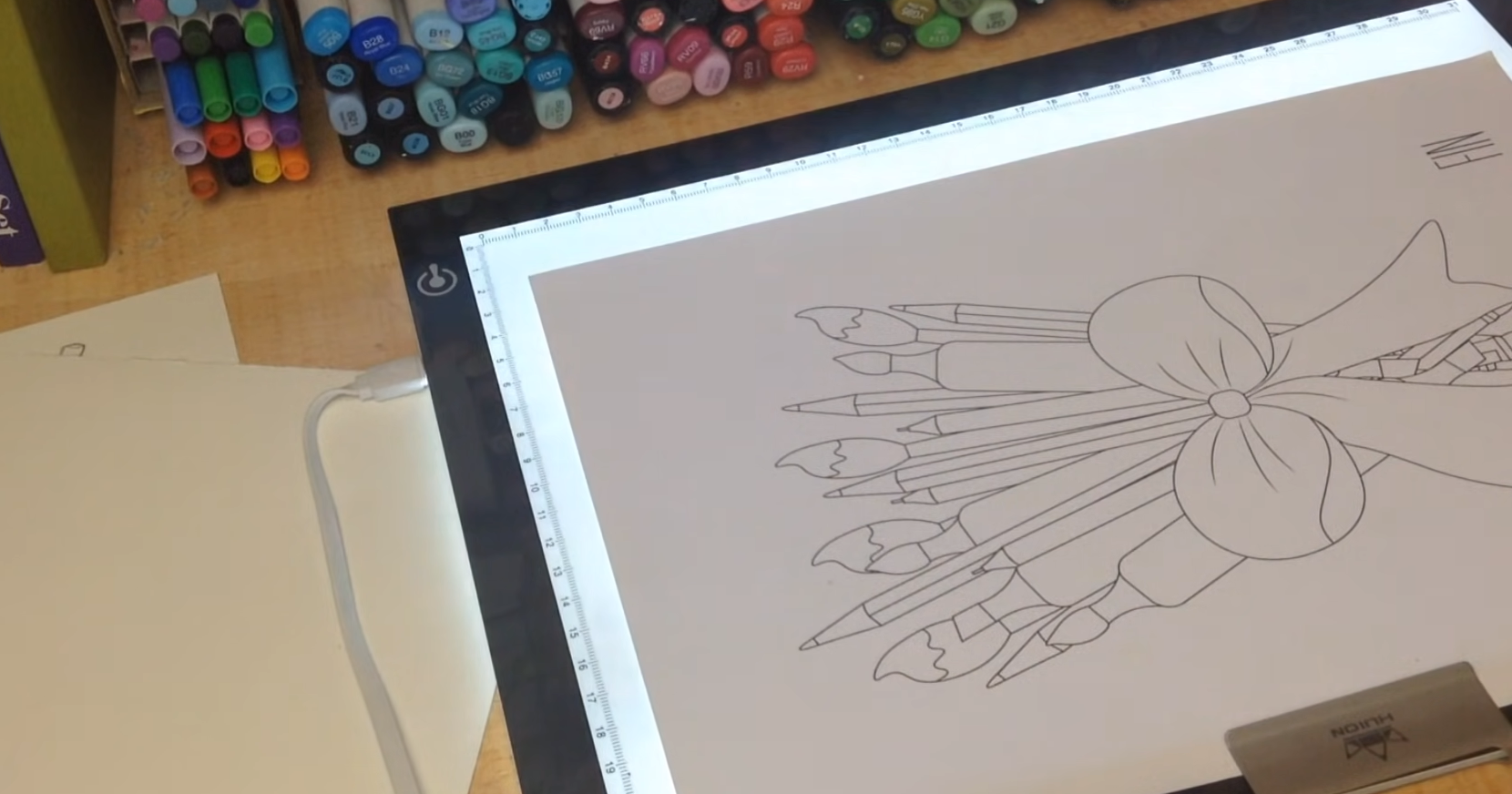

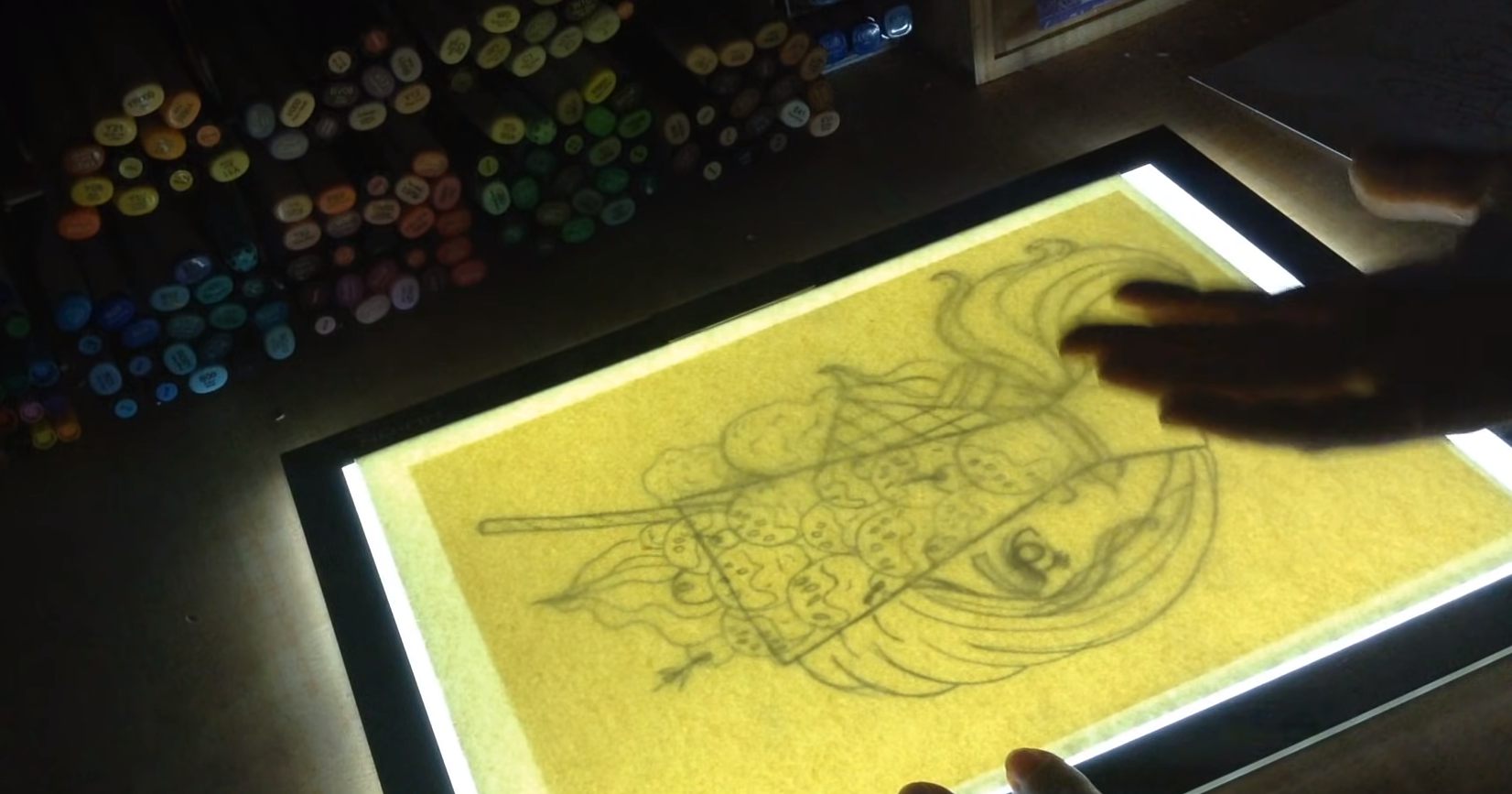
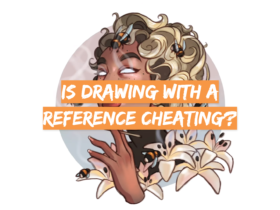
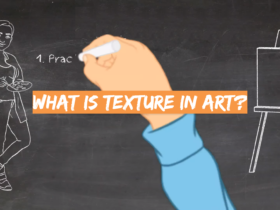
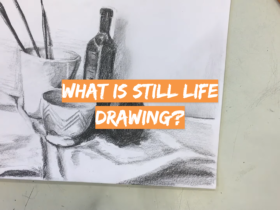

Leave a Review